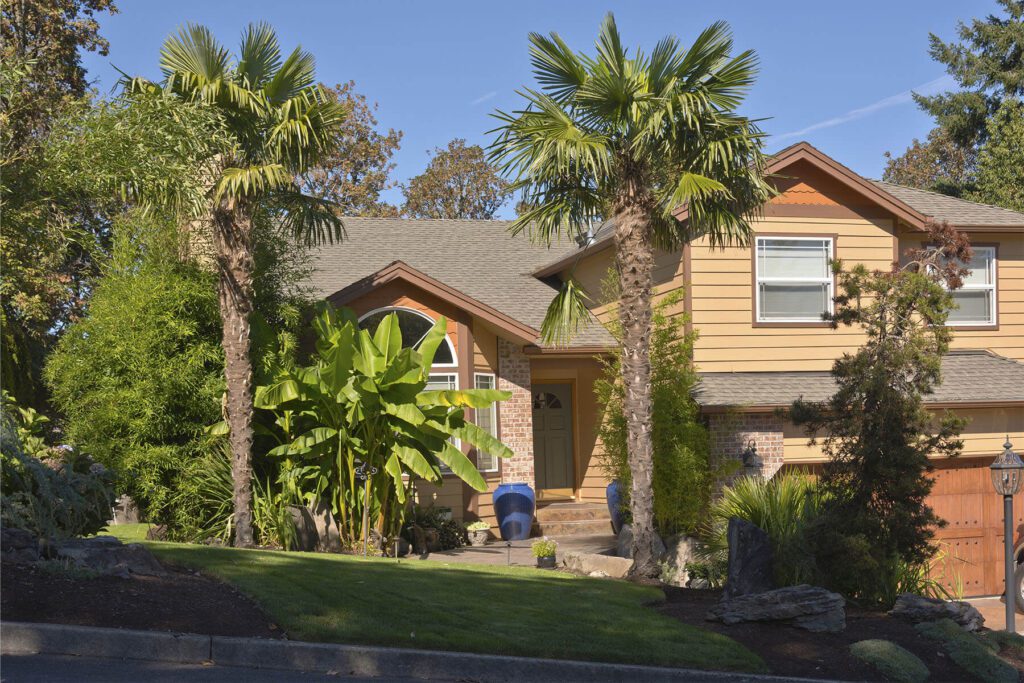
Humidity plays a crucial role when it comes to aging and storing wine. Wine cellars, rooms, and walls located in humid locations require special consideration before construction even begins. However, first it is important to understand the role humidity plays in the longevity of wine, as well as the challenges of maintaining a stable environment when moisture in the air is prevalent.
Creating ideal humidity levels
A wine display must be able to maintain 50 to 70% relative humidity, with 60% being the ideal. Humidity levels over 70% will cause mold and glue to break down. Levels below 50% can result in cracked corks, which leads to evaporation and degraded wine. In other words, proper humidity levels are an essential component to climate-controlled spaces and should be taken into account before construction begins.
The best way to tackle humidity issues from the onset is to construct an air-tight wine cooling environment. The first step is to incorporate a vapor barrier, a plastic enclosure installed on the outside walls and ceiling of a cellar or wine room to prevent condensation from forming on the barrier and potentially leading to mold. The entire wine display should also be insulated, including the floor if space permits. If the floor is existing concrete and a vapor barrier and insulation is impossible, a waterproof sealer is recommended before any other flooring such as wood or carpet is installed. Double-paned glass, exterior-grade doors and tightly sealed thresholds also ensure a closed wine cellar environment.
Now that a climate-controlled space has been designed, you will need a wine cellar cooling system equipped with a cooling coil that has been engineered to remove moisture when the relative humidity exceeds 70%. This moisture-removal process should be automatic; having to change fan speeds manually to achieve the desired relative humidity levels leaves us vulnerable to human error and compromised wine.
Maintain optimal wine cellar humidity – even in the most humid climates.
Wine cooling units for cellars in humid climates should be sized to operate long enough to dehumidify the air. Beyond the size of a wine storage space and humidity levels, another factor to consider when making a unit selection is how often the space will be accessed. Every time a wine room door is opened, the pristine climate-controlled conditions are disturbed. The advanced mode of our wine cellar cooling calculator takes these parameters into consideration when recommending the best solution for your wine collection.
Another key feature—particularly when dealing with humidity—is an all-aluminum evaporator coil, which prevents corrosion and rust. All Wine Guardian condensing units use a copper tube, aluminum-finned condenser coil.
In coastal applications where the condensing unit is exposed to salt in the air it is beneficial to coat the coil with an E-coating to prevent premature corrosion and extend the life of the coil. Left untreated, condenser coils exposed to such an atmosphere can be expected to start degrading within a few hundred hours of installation.
The best way to know what is going on within your wine room is through consistent and reliable monitoring. Optional Wine Guardian sensors and controls monitor and display the humidity levels (and temperature) of a wine storage cooling space. Up to three remote sensors can be placed within a wine cellar, connected to a single Wine Guardian system, and continuously display the readings to one or two Remote Control Interfaces in or out of the cellar. Alarms will flash a warning code if your wine room is out of a preset range.
Armed with the proper knowledge and wine cooling technology, maintaining optimal climate control conditions to age and store your vintages—even in humid conditions—will be a breeze.

